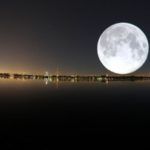There are countless astronomical phenomena that occur every year, but a total lunar eclipse is a particular favorite for many. Let’s delve deeper into this fascinating event!
1 What is a Total Lunar Eclipse? What Causes it?
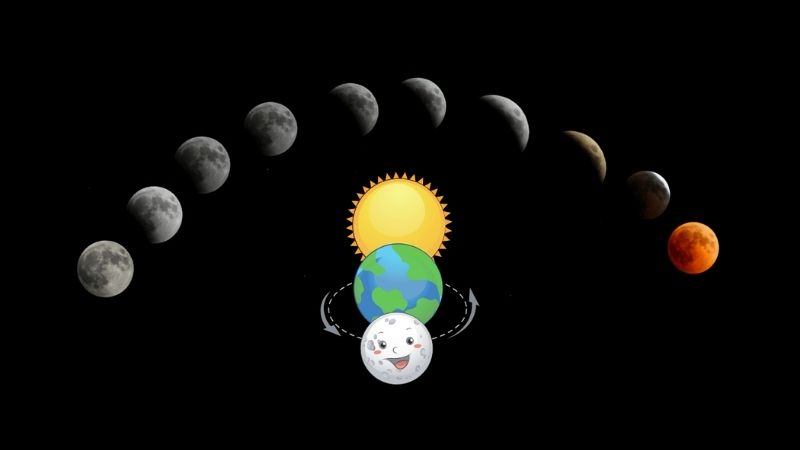 What is a Total Lunar Eclipse and Why Does it Happen?
What is a Total Lunar Eclipse and Why Does it Happen?
A total lunar eclipse occurs when the Moon moves into the darkest part of the Earth’s shadow, known as the umbra. During this event, the Moon is completely obscured. Only longer-wavelength light (red and orange) from the Sun reaches the Moon, while the shorter wavelengths are scattered by the Earth’s atmosphere at the edge of the shadow.
2 When was the Total Lunar Eclipse of 2022?
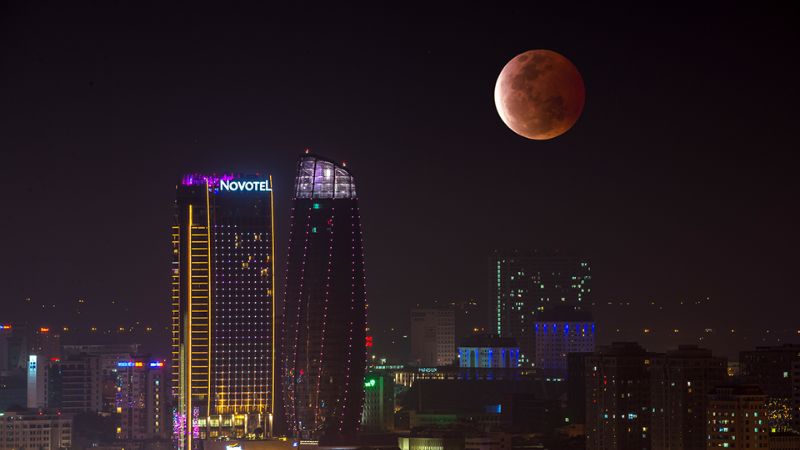 Timing of the 2022 Lunar Eclipse
Timing of the 2022 Lunar Eclipse
The first total lunar eclipse of 2022 occurred on the night of May 15 and the early morning of May 16. It was visible from various parts of the world.
According to the National Aeronautics and Space Administration (NASA), the total lunar eclipse was observable in most parts of North and South America, Antarctica, Europe, Africa, and the eastern Pacific.
For further insights:
3 Does a Total Lunar Eclipse Affect the Earth?
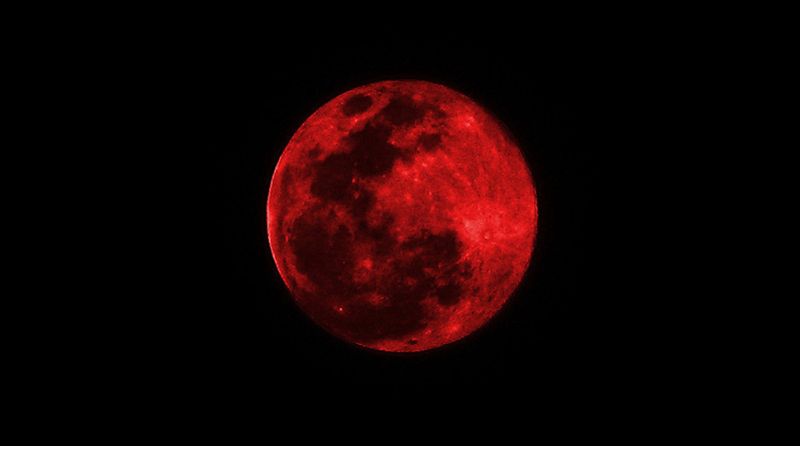 Total Lunar Eclipse
Total Lunar Eclipse
Lunar eclipses occur during a full moon when the Earth is between the Sun and the Moon. At this time, the combined gravitational forces of the Moon and the Sun create exceptionally high tides on Earth.
4 How to Observe a Total Lunar Eclipse
 Tips for Viewing a Lunar Eclipse
Tips for Viewing a Lunar Eclipse
To observe a lunar eclipse clearly, find an unobstructed view, free from the shadows of trees or buildings. If possible, use binoculars or a telescope to enhance your viewing experience.
5 Frequently Asked Questions about Total Lunar Eclipses
How often does a total lunar eclipse occur?
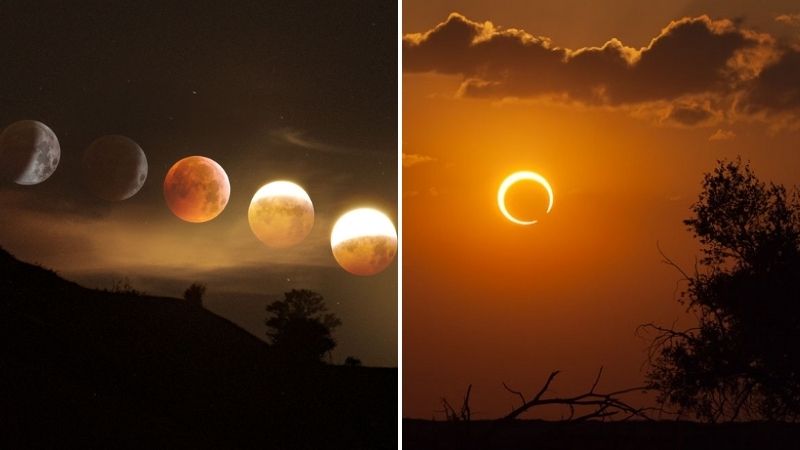 Differences Between Lunar and Solar Eclipses
Differences Between Lunar and Solar Eclipses
The number of total lunar eclipses in a year is variable. However, according to NASA, there are no more than two total lunar eclipses in a year.
Why does the Moon turn red during a total lunar eclipse?
 Longest Lunar Eclipse of the 21st Century
Longest Lunar Eclipse of the 21st Century
The Moon appears reddish during a total lunar eclipse due to Rayleigh scattering, the same phenomenon that causes colorful sunrises and sunsets and the blue appearance of the sky.
What is a Super Blood Moon Eclipse?
A Super Blood Moon eclipse is a term used to describe a total lunar eclipse that occurs when the Moon is at or near its closest point to Earth (perigee), making it appear larger and brighter than usual.
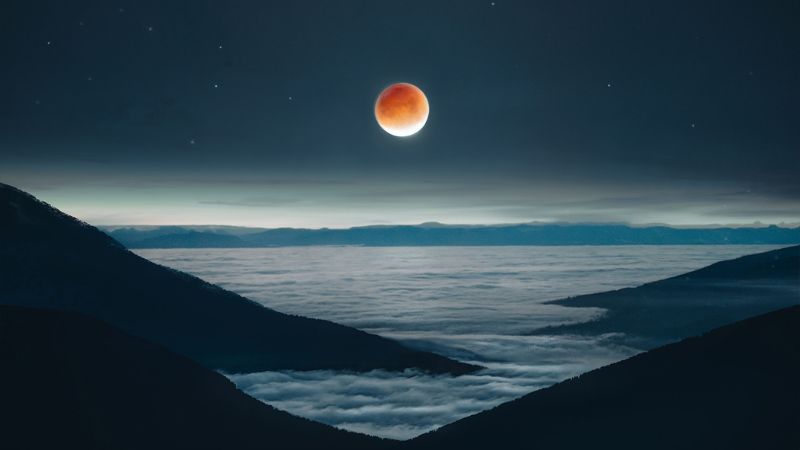 Super Blood Moon Eclipse
Super Blood Moon Eclipse
Learn more: What is a Super Blood Moon Eclipse? When does it occur?
6 Beautiful Images of Total Lunar Eclipses
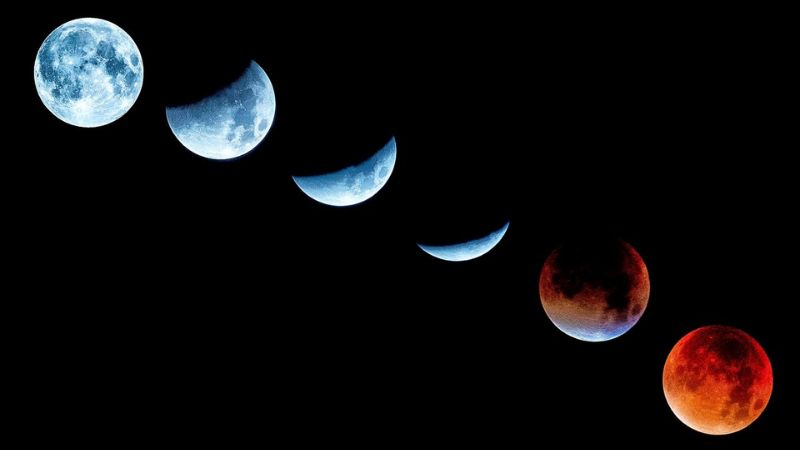 The Enchanting Beauty of a Lunar Eclipse
The Enchanting Beauty of a Lunar Eclipse
 Longest Lunar Eclipse of the 21st Century
Longest Lunar Eclipse of the 21st Century
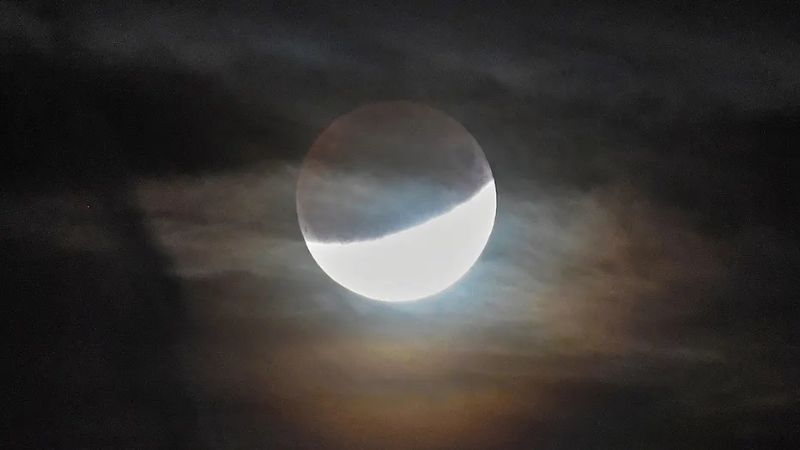 The Full Moon During a Lunar Eclipse
The Full Moon During a Lunar Eclipse
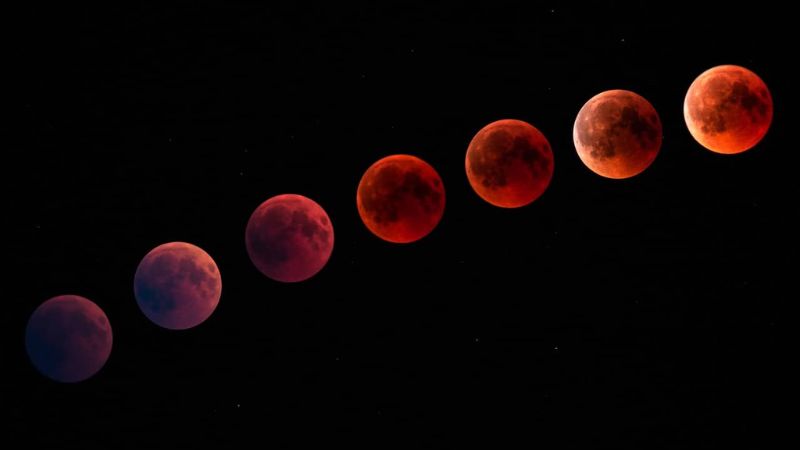 Super Blood Moon Eclipse
Super Blood Moon Eclipse
 People Gathering to Witness a Lunar Eclipse
People Gathering to Witness a Lunar Eclipse
We hope this article has provided you with a comprehensive understanding of total lunar eclipses. Stay tuned for more enlightening content, as we explore the fascinating world of astronomy together! Keep an eye out for our upcoming articles on intriguing celestial phenomena.


























